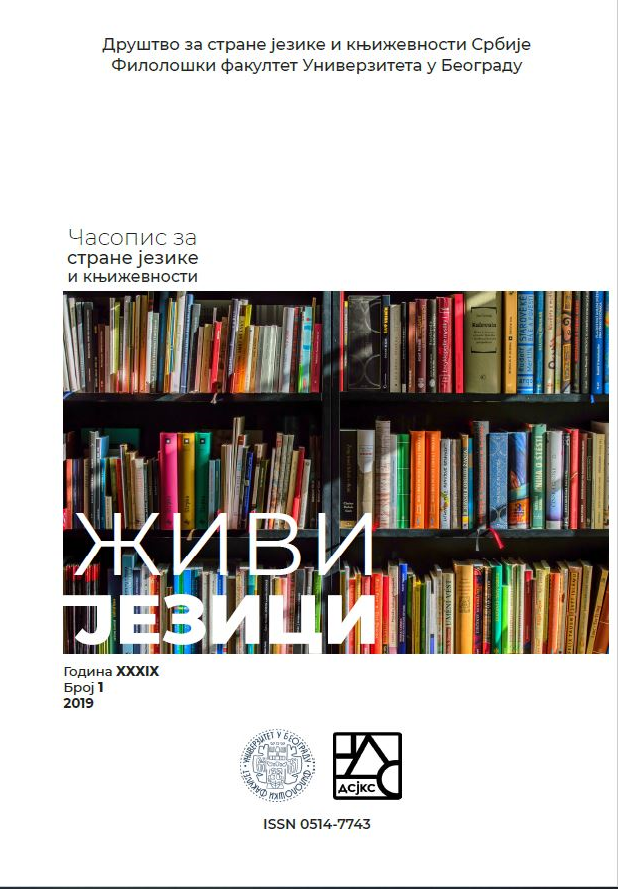TEKSTUALNA KOHERENTNOST I KOHEZIJA U RADOVIMA STUDENATA PRVE I TREĆE GODINE STUDIJA GERMANISTIKE
DOI:
https://doi.org/10.18485/zivjez.2019.39.1.2Ključne reči:
tekstualna jezička kompetencija, jezička kompetencija, koherentnost, kohezija, Zajednički evropski okvirApstrakt
Cilj analize predstavlja ispitivanje prisutnosti kohezivnih sredstava u tekstovima studenata i određivanje nivoa njihove tekstualne kompetencije na osnovu kriterijuma koherentnosti. Za potrebe istraživanja sprovedena je korpusna analiza pismenih ispita studenata prve i treće godine studija germanistike na Filološkom fakultetu Univerziteta u Beogradu u akademskoj 2018/19. godini. Rezultati analize pokazuju da tekstualna jezička kompetencija studenata na prvoj godini odgovara B1 nivou Zajedničkog evropskog okvira, dok je ista kompetencija kod studenata treće godine na nivou C1.1. Na osnovu dobijenih rezultata zaključuje se da razlika u nivoima tekstualne jezičke kompetencije između prve i treće godine iznosi skoro cela dva nivoa.


